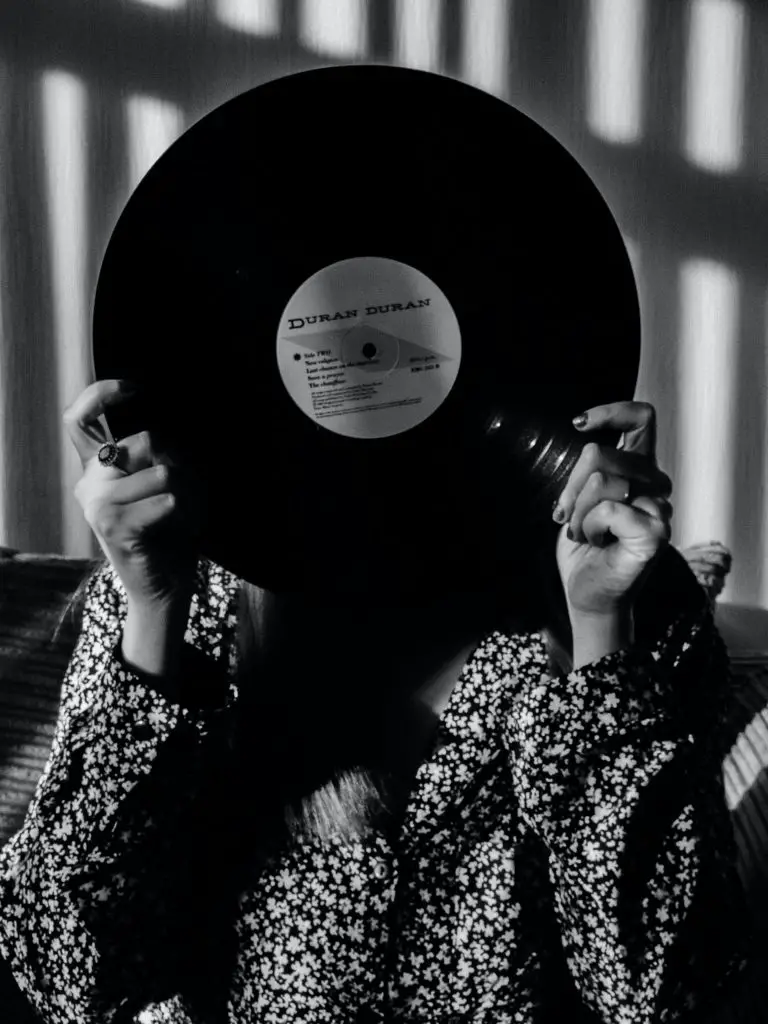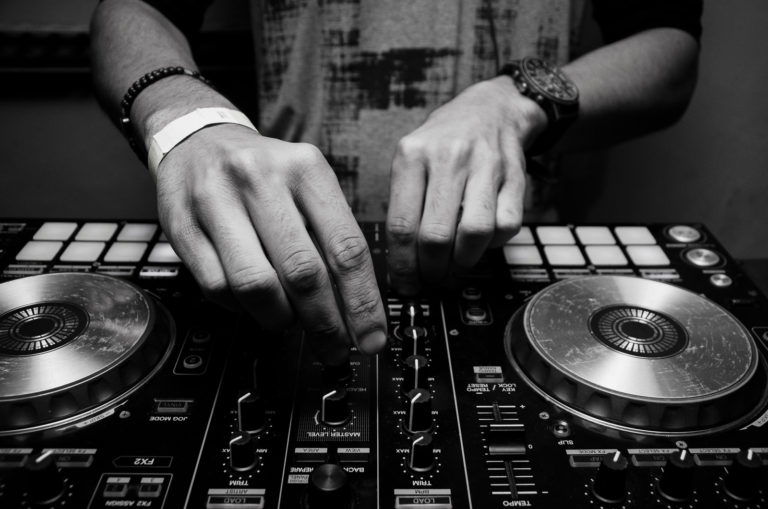How to Sing With a Mask On
When learning to sing with a mask on, you realize your voice becomes your biggest weapon – especially when your other emotive features are hidden.
Learning how to sing with a mask on requires vocalists to focus on using their lips to project words and open their throat and diaphragm to generate power and tone to convey emotion.
Singers choosing to mask up might seem like they are restricting themselves. Especially when it’s not clear how they are bringing their emotions and thoughts to the audience.
However, wearing a mask allows vocalists to deliver extremely articulate performances using their words and sounds to tell their stories. So what does it mean to learn how to sing with a mask on?
What do you need when singing with a mask?
Wearing a mask for vocalists might seem rather restrictive. By covering your face, you are essentially losing your main expressive tool – your face.
However, those limitations are merely visual. Vocalists can get just as much attention even if their face is virtually covered.
You just have to change up your toolkit. Instead of relying on visual clues, you must be subtler when delivering words to convey your message.
This means focusing on how you deliver the words and using your voice to project the emotions. And it’s more than just using your mouth and throat.
Learning to sing with a mask on can be a true test of a vocalist’s full arsenal. This comes as you use all your body to generate these tones. This means engaging with your:
- Throat
- Nose
- Lips
- Diaphragm
Putting this all together isn’t something that can be done overnight. But there are plenty of tips and tricks you can use to sound great even when wearing a mask.
Six tips when singing with a mask on
1. Throat Control
Whenever you sing, throat control is crucial in generating the tones and notes that you make. With your throat being your main way to manipulate air when singing, maintaining a good balance is vital when singing.
It also plays a big part in generating your tones to display a crisper delivery. And also helps with the volume and power of your voice.
The best way to get much better vocal control in this area is by looking to have an open throat. An open throat uses both your larynx and pharynx to help balance and master the volume output.
It’s overall a way to help produce a much wider vocal performance and allows the throat to relax when looking at big sounds.
2. Practice vowel sounds
There are many ways to help perfect an open throat, but nothing works better than working through basic vowel sounds.
Starting from a neutral “uh” sound, you shift the sounds by making general noises of the main vowels – a,e, i,o, and u.
Returning to uh in between each vowel, you will quickly hear the different tonal levels from each sound and how they shift between each octave.
You will notice each transition feels different, but the sounds generated are very different yet still flow together in a seamless nature.
Once you grab these shifts in a flow, it can help you use open throat positions to switch tonally and with different volumes to generate a crisp vocal performance.
3. Mastering diaphragm use
As much as your throat can help manipulate your sounds, so does how you breathe when singing. As your natural bellows, your lungs and diaphragm provide the main power source when starting to sing.
For most singers, it’s learning to control your diaphragm, which could be your secret skill. Even if it is one of the hardest for vocalists to perfect.
The main purpose of the diaphragm when singing is to maximize its ability to expand and contract. The more control you have of this, the more powerful a voice can be.
It’s an incredibly difficult trick to master, especially in an intense act such as singing. However, greater diaphragm control gives you overall better note delivery and its impact.
For example, opening the diaphragm when breathing allows you to reach a much higher register of notes as it contacts. And you will hit much lower notes when it opens up and expands into a natural position. Understanding this is crucial no matter how you are performing on stage.
Diaphragm breathing exercises
For those wanting to master diaphragmatic breathing, there are plenty of handy exercises to help you learn this technique.
Breathing exercises are the way to do just that. When focusing on controlling your diaphragm, you should try:
- Lie prone with a pillow under your head.
- Place one hand on the center of your chest and the other between your ribs and stomach
- Slowly breathe through your nose, drawing the air towards your stomach. Feel your hand under your moving forward.
- Release the air through your nose, relaxing the stomach slowly, and feel your hand being drawn back out by your stomach
During this exercise, you should not feel any movement on your hand placed on the chest. As the diaphragm is taking in the air rather than the lungs, there will be very little workload being put on those organs.
This is a technique that takes some practice to get just right. However, the results can be devastating as you can utilise powerful vocal performances dropping huge notes once you get the feel for breathing and manipulating the extension of your diaphragm.
4. Practice word pronunciation
When practicing how to sing with a mask on, you know that your words will be your main tool. Facial expressions and body language are taken away by what you are hiding
Therefore, make sure your words are delivered crisply to get a particular message sent across in a song.
So you must ensure that anything you say is delivered crisply and clearly To do just that means knowing how to get the words out of your mouth without getting tongue-tied.
So it’s time to focus on how you use your mouth to make sure you speak everything in the right way. So where to begin?
5. Practice lip Movement
Believe it or not, your lips are one of your best weapons for a clear vocal performance. How you shape and stretch them plays a key role in your sound.
Like learning to speak as a child, getting the movements right in time with your songs will give better utterances as you release the air from your throat and mouth.
For example, pursing your lips together in a rounded fashion is great for that pop-sounding “ooo” and for sounds suited for higher notes.
But, many consonant-driven sounds, and those wanting a lower register need to open up and relax their lips to help hit those lower notes – for example, an exclamation of “Yeah!”
That’s why performing basic lip movements when warming up before a show is vital. Just a mimed run-through of basic notes is enough to get your lips and mouth warmed up and nail words with perfection.
6. Practice tongue control
The other main tool you have that helps with delivering your words well is tongue control. Your body’s biggest muscle is a huge sound creator.
Moving your tongue is vital if you want to make any sounds such as “l” or combined sounds such as “fl” or “cl.”
Most of the time when making sounds, your tongue should be relaxed, allowing for less obstruction of air from the throat.
However, opening it up and using it – especially with harsher sounds – requires you to use it quickly and relax again in quick motions.
Not only does this stop words from sounding muffled and jumbled, but it can also allow you to help convey intense emotions quickly and get over a stressed or harsh tone when needed.
Wrap up
As you can see, there are plenty of ways in which singers can learn how to sing with a mask on. It requires vocalists to use their entire body to help deliver an emotive performance. This comes from using all areas of the body to master breathing and word control. Controlling your throat and diaphragm gives much better air manipulation and delivers powerful performances.
Meanwhile, knowing how to use your mouth efficiently helps you craft your story as you release each word. Both lip and tongue placement help deliver this in waves of crushing vocal blows. What helps vocalists, too, is that there are plenty of exercises they can also perform to help master their craft as they advance through their careers. It’s why learning how to sing with a mask on is a great experience for all vocalists.







